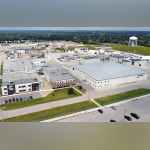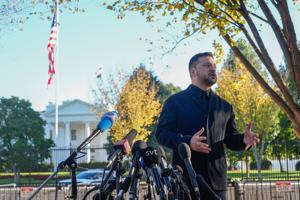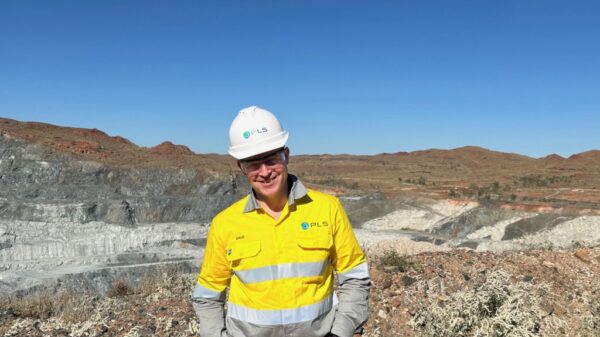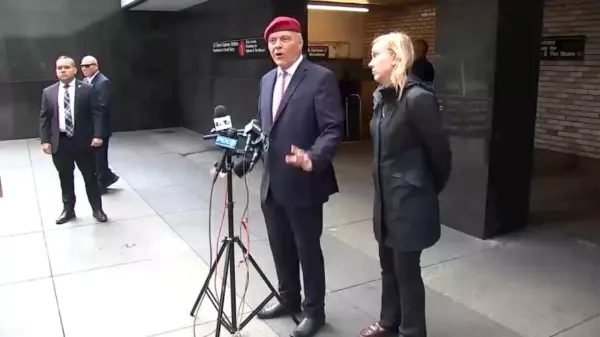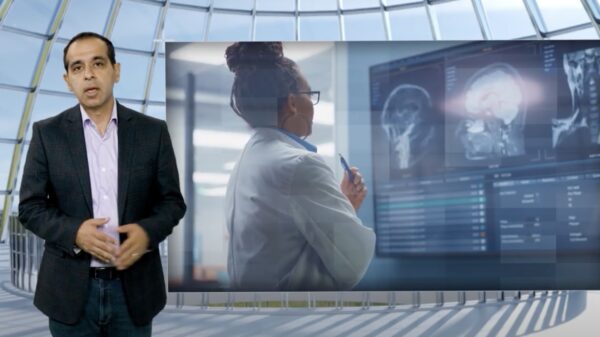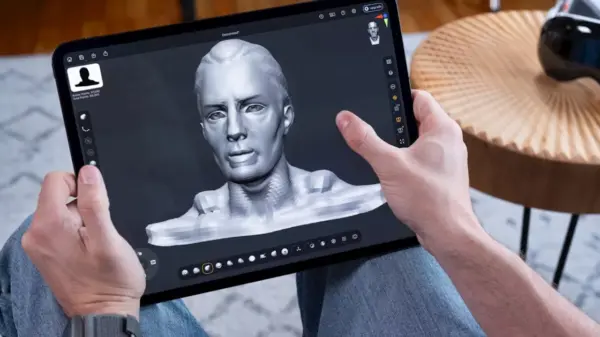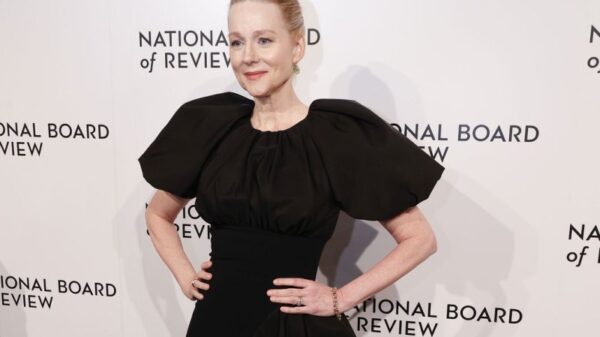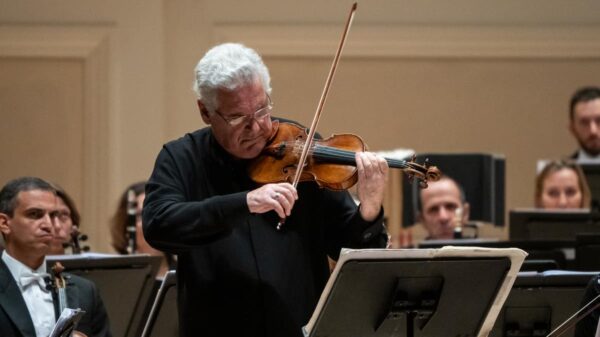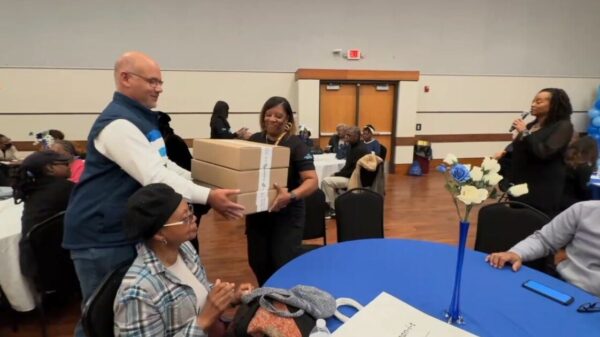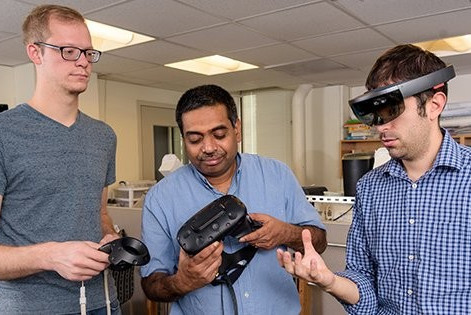Chandra Kambhamettu has been appointed to the University of South Florida’s Bellini College of Artificial Intelligence, Cybersecurity and Computing, where he will focus on applying advanced computing to address critical global challenges. With over three decades of experience in academia and industry, including significant time at NASA, Kambhamettu aims to bridge the gap between theoretical research and practical applications.
Kambhamettu’s career trajectory has consistently revolved around the question: how can advanced computing solve high-stakes, real-world problems? His work spans several domains, from developing computer vision algorithms for hurricane analysis at NASA to creating biomedical imaging tools for cancer research. This fall, he will join a team of distinguished scholars at USF to prepare the next generation of researchers to tackle pressing issues through advanced technology.
From NASA to Academia
Kambhamettu’s fascination with computing began in childhood, inspired by his father, who worked in the field. His early interest evolved into a deep commitment to programming and system design. He pursued a master’s degree and later a doctorate in computer vision at USF, collaborating with faculty members like Dmitry Goldgof, which led to early career publications and presentations at significant conferences.
In the early 1990s, Kambhamettu worked as a research scientist at NASA’s Goddard Space Flight Center, where he developed algorithms to analyze hurricane imagery in near real time. His innovative stereo imaging methods, which employed multiple satellite angles, were crucial in estimating storm strength and trajectory. For these contributions, Kambhamettu received NASA’s Outstanding Scientist Award in 1996.
His accolades continued with recognitions such as the National Science Foundation’s NSF CAREER Award, which honors early-career researchers who excel in both teaching and scholarship. Kambhamettu’s work has also earned him accolades in international challenges for advancements in assistive technologies.
Interdisciplinary Collaboration for Impact
Kambhamettu’s career highlights the importance of interdisciplinary collaboration. He has partnered with specialists across diverse fields—ranging from oceanography to psychology—to apply computer vision and artificial intelligence in solving real-world problems. He believes that impactful research requires asking substantial questions that resonate beyond one’s discipline.
“**If your research has no impact outside of your discipline, you’re not asking a big enough question,**” Kambhamettu stated. This philosophy guided his transition from NASA to academia, where he aimed to broaden his research impact.
At the University of Delaware, Kambhamettu directed the Video/Image Modeling and Synthesis Lab, overseeing more than $15 million in research funding from organizations like the NSF and the National Institutes of Health. His contributions in this role included a pivotal paper titled “Deeply-Learned Feature for Age Estimation,” which showcased a deep learning approach that significantly improved the accuracy of predicting a person’s age from facial images.
The techniques introduced in this research set new benchmarks in the field of computer vision, leading to the recognition of the paper with the 2025 “Test of Time” award from the Winter Conference on Applications of Computer Vision, underscoring its lasting significance in biometrics and computer vision.
Kambhamettu’s work has included projects on ice sheet dynamics, medical image analysis, and drone-based sensing systems. Notably, he received a group achievement award from NASA for his contributions to studying Arctic sea ice, and he has engaged in innovative projects for detecting hidden landmines using advanced sensing techniques.
Shaping Future Generations
Returning to USF marks a significant moment in Kambhamettu’s career. He brings his lab and several doctoral students to Tampa, where they will continue their research while exploring new opportunities. As part of the Bellini College’s mission to become a national leader in applied computing, Kambhamettu will teach graduate-level courses and mentor both doctoral and undergraduate students.
“**We’re building a college around people who are pushing the boundaries of technology, making it count,**” remarked Sudeep Sarkar, launch dean of the college. The integration of Kambhamettu’s expertise is expected to enhance educational experiences and foster innovative research aimed at addressing future technological challenges.
As Kambhamettu embarks on this next chapter, his commitment to leveraging advanced computing for societal benefit remains firm. His work exemplifies the potential of technology to make a tangible difference in diverse areas, from healthcare to environmental conservation, ensuring that the next generation is equipped to follow in his footsteps.

